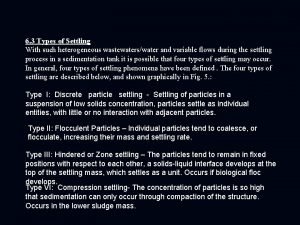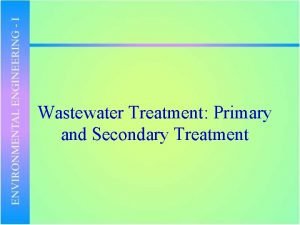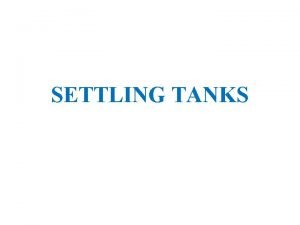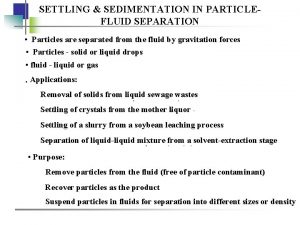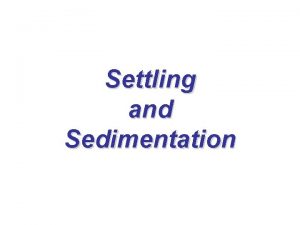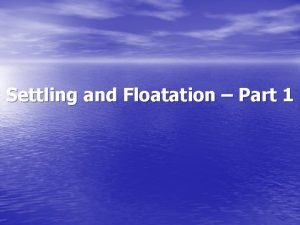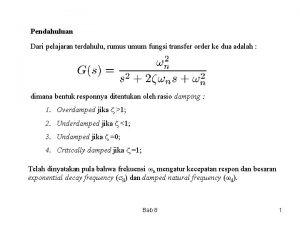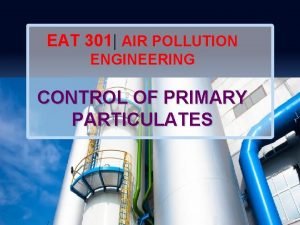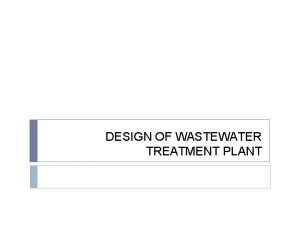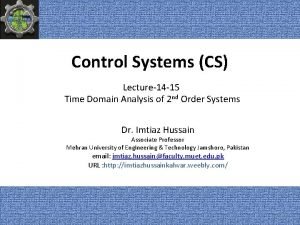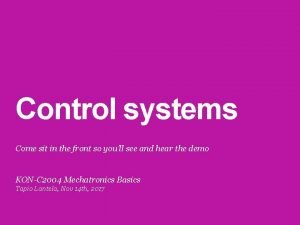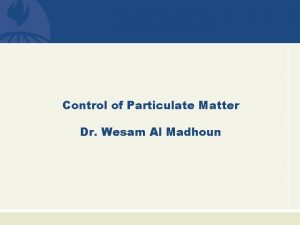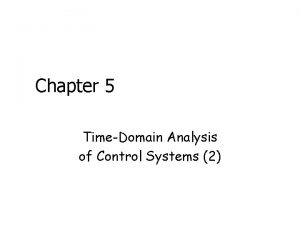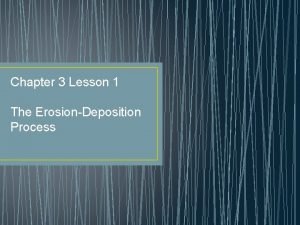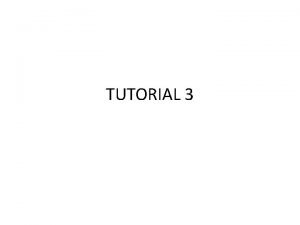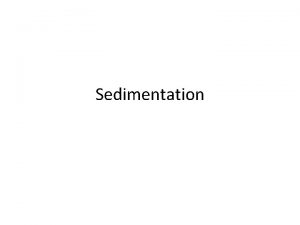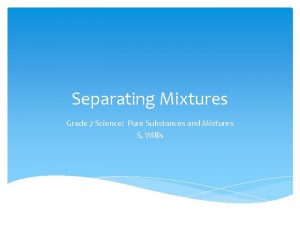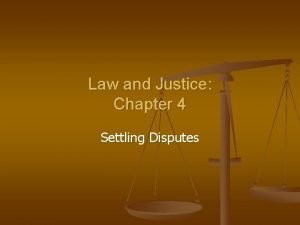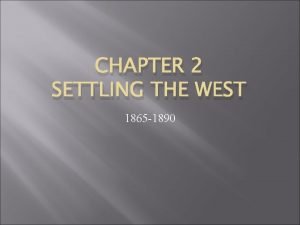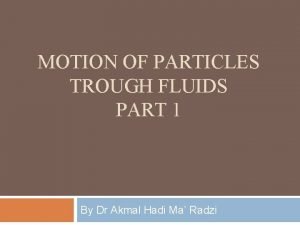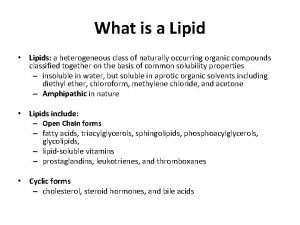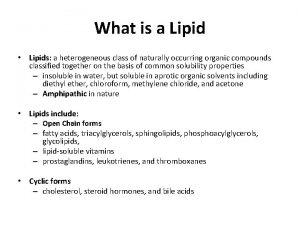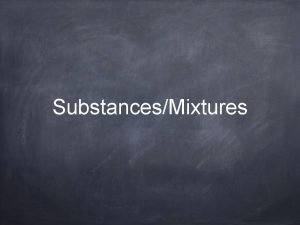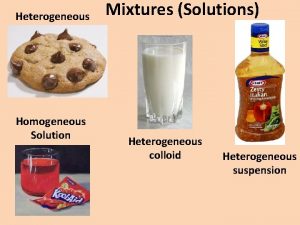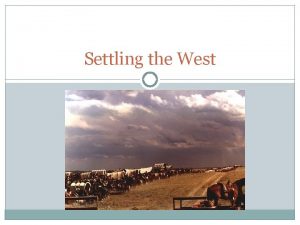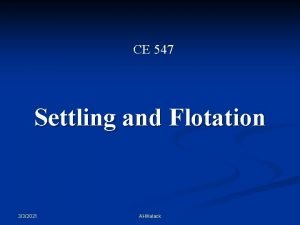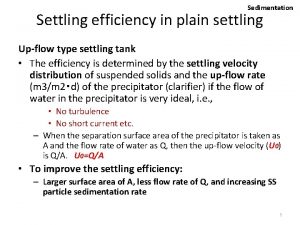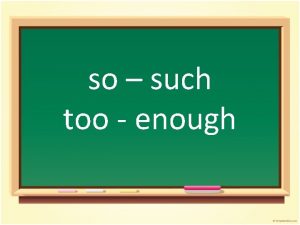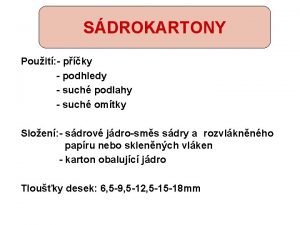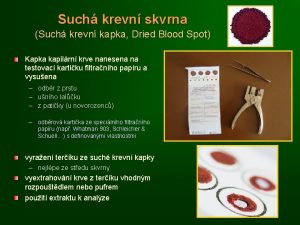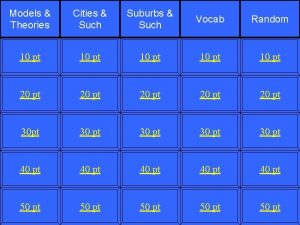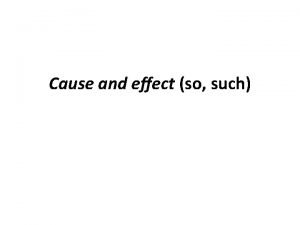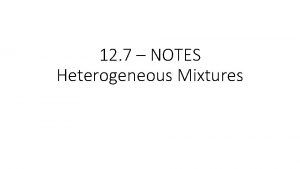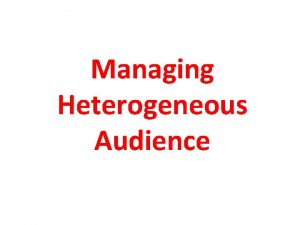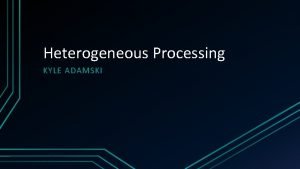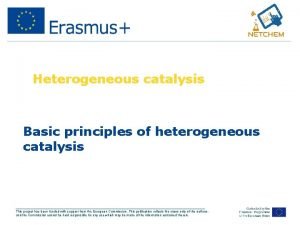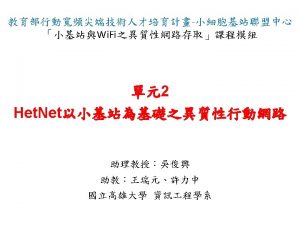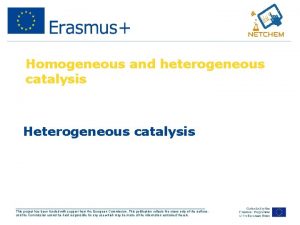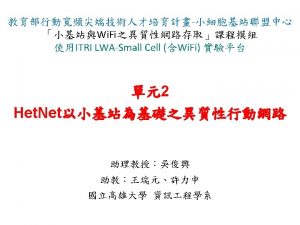6 3 Types of Settling With such heterogeneous






























- Slides: 30

6. 3 Types of Settling With such heterogeneous wastewaters/water and variable flows during the settling process in a sedimentation tank it is possible that four types of settling may occur. In general, four types of settling phenomena have been defined. The four types of settling are described below, and shown graphically in Fig. 5. : Type I: Discrete particle settling - Settling of particles in a suspension of low solids concentration, particles settle as individual entities, with little or no interaction with adjacent particles. Type II: Flocculent Particles – Individual particles tend to coalesce, or flocculate, increasing their mass and settling rate. Type III: Hindered or Zone settling – The particles tend to remain in fixed positions with respect to each other, a solids-liquid interface develops at the top of the settling mass, which settles as a unit. Occurs if biological floc develops. Type VI: Compression settling- The concentration of particles is so high that sedimentation can only occur through compaction of the structure. Occurs in the lower sludge mass.

Fig. (6. 7): Types of settling.

6. 4 Sedimentation of discrete particles To show the steps of the solution concerning the sedimentation tank, we will take a rectangular tank, as shown in Fig. (6. 8). From this figure it can be shown that we have two phases. The first is the top view (surface view) and his area equal to:

Ah = L ´ W The second phase is the side view and his area equal to: A 1 =W´h Ah W A 1 L Fig (6. 8) Rectangular sedimentation tank


























 Settling types
Settling types Primary settling
Primary settling Hazen formula for settling velocity
Hazen formula for settling velocity Solid spherical particles of coffee extract from a dryer
Solid spherical particles of coffee extract from a dryer Differential settling method
Differential settling method Flotation and settling
Flotation and settling Natural frequency transfer function
Natural frequency transfer function Gravitational settling chamber
Gravitational settling chamber Clarifier design example
Clarifier design example Peak time
Peak time Input system output
Input system output Control of particulate matter
Control of particulate matter Control systems overshoot
Control systems overshoot What is the laying down or settling of eroded material?
What is the laying down or settling of eroded material? Gravitational settling chamber
Gravitational settling chamber Terminal velocity formula
Terminal velocity formula 4lovo
4lovo Settling on the great plains section 2
Settling on the great plains section 2 How to separate mechanical mixtures
How to separate mechanical mixtures Chapter 4 settling disputes
Chapter 4 settling disputes Settling the west 1865 to 1890
Settling the west 1865 to 1890 Account transfer in front office
Account transfer in front office Settling jamestown
Settling jamestown Settling the west part 2 packet- farming the plains
Settling the west part 2 packet- farming the plains Terminal velocity
Terminal velocity Transient response specifications of second order system
Transient response specifications of second order system Heterogeneous lipids
Heterogeneous lipids What is lipids
What is lipids Heterogeneous hypoechoic lesion in liver
Heterogeneous hypoechoic lesion in liver Is chunky peanut butter homogeneous or heterogeneous
Is chunky peanut butter homogeneous or heterogeneous What is homogeneous mixture
What is homogeneous mixture
